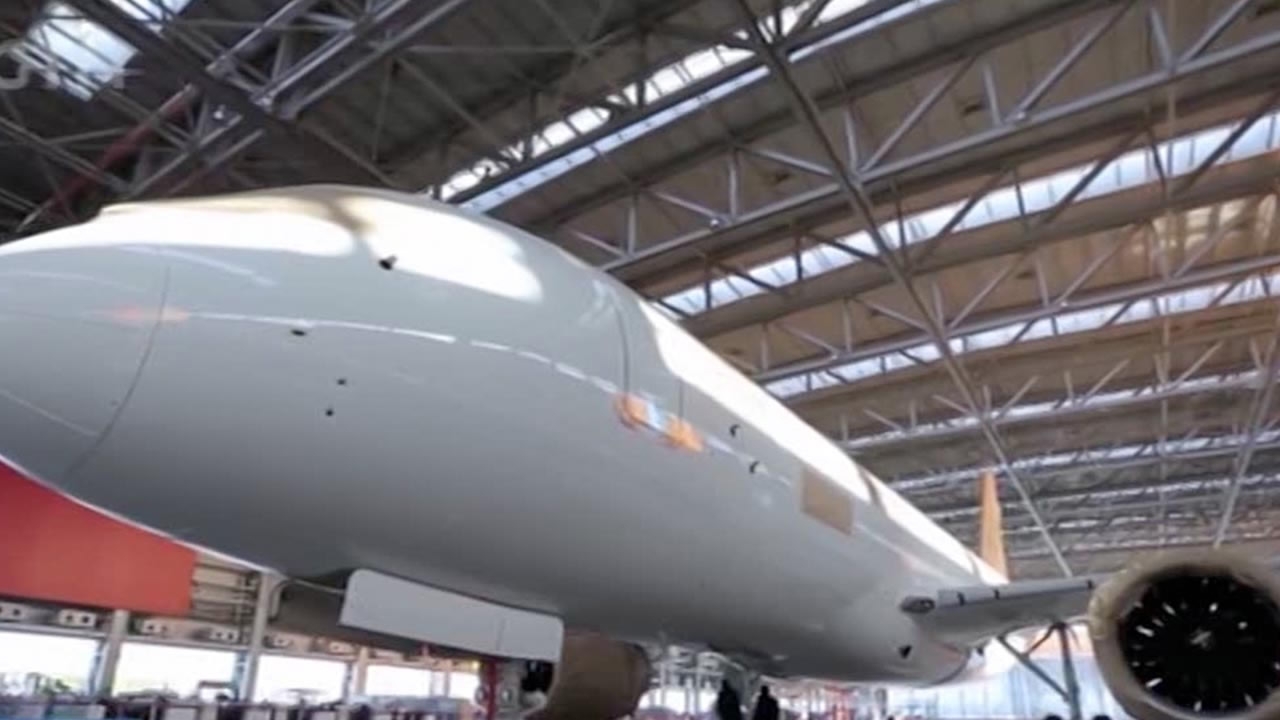
Business
16:57, 04-Mar-2017
Two Sessions: Obstacles remain in China's growing economy
Updated
10:57, 28-Jun-2018

By CGTN’s Tony Cheng
As China’s legislators meet in Beijing, one of the main topics of discussion will be the Belt and Road Initiative, proposed by President Xi Jinping in 2013. The ambitious plan aims to build stronger trading partnerships with the countries along the ancient silk road, and along traditional maritime routes rather than the dominant economies in Western Europe and America. But many obstacles remain as many countries see the rise of China's growing economic power leave rest of world wary.
The Comac C919 is China’s first major passenger airliner. It is ready to take off for commercial flights later this spring. In a market dominated by American and European planes, it’s a sign of China’s ambition to step to the front of the global stage.
China’s emergence as a major trading nation is now well established. But the next step is to build up better trade relations with China’s neighbors under a policy known as One Belt, One Road.
Along the trade routes of the ancient silk road, and old maritime links, China’s aim is to forge a new trading hub in the developing world. And in return for opening markets, China is offering to help its neighbors build up much needed infrastructure.
China’s leaders have been working hard to sell that message overseas. Thailand is an integral part of the One Belt, One Road scheme as one of South East Asia’s major economies.
It is also a vital part of a new high-speed rail network, designed to link southwestern China to Singapore. But agreement on construction has stalled after Thailand complained that the terms of loans for the rail network were not favorable. And some complain that China is using its size to dominate its neighbors.
If the One Belt, One Road initiative is to be a success, China’s leaders will have to convince those taking part that its for the benefit of all.

SITEMAP
Copyright © 2018 CGTN. Beijing ICP prepared NO.16065310-3
Copyright © 2018 CGTN. Beijing ICP prepared NO.16065310-3